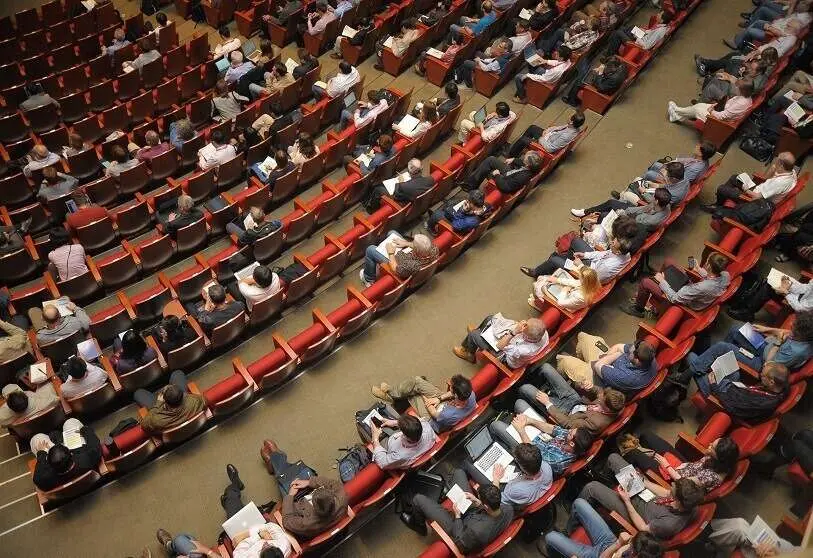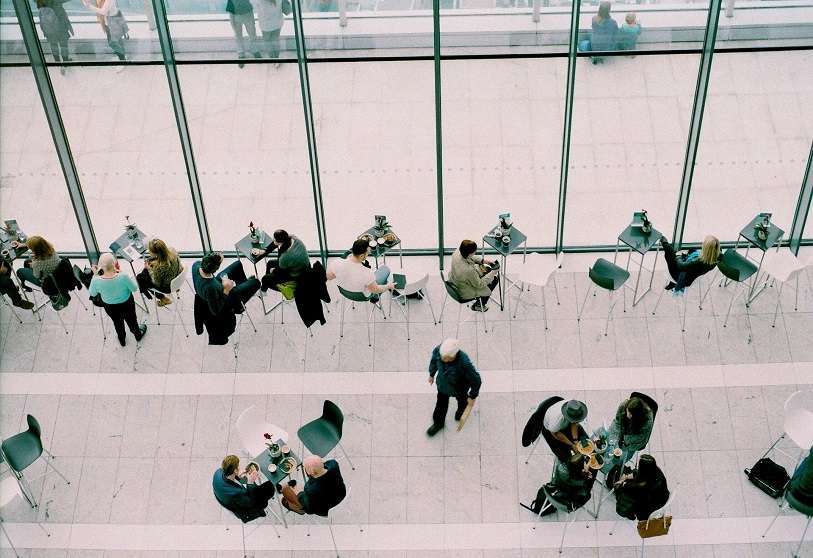The new or the same old trade fairs and congresses?

Since the announcement of the cancellation of the MWC last February in Barcelona, the pandemic has caused a storm in the trade fair and congress sector with the cancellation or postponement of numerous events. After a first few days of astonishment at the banning of meetings and the abrupt cessation of all activity, the vast majority of operators in the events industry have shown resilience and have turned to online platforms to avoid mass congregations and try to soften the blow to the sector.
The COVID-19 pandemic is having a dramatic impact on geopolitics, technology and society, just as other events, such as 9/11, led to dramatic changes in issues such as security and privacy. For the events industry, technology has proven to be critical to recovery, but organisations must better prepare for the next biosecurity threats and seek to strengthen their agility and resilience.
The events phenomenon and its impact on the economy should be well understood. Numerous congresses and trade fairs are organised around the world, covering a wide variety of topics and sectors, with participants ranging from world leaders, business people or entrepreneurs, to thousands of people seeking to learn first-hand about new developments and interact with relevant players in their industry. It is an undisputed platform for exchanges and meetings in the service of diplomacy and the economy.
Trade fairs and markets are as old as mankind. After the fall of the Berlin Wall, it became easier for leaders to meet in less rigid formats, and congresses and fairs became a great opportunity to discuss issues of great importance, improving international relations and commercial exchange.
In the age of online and screen technology, it is still important to meet face-to-face and shake hands. Face-to-face interaction is still very powerful and is unlikely to be replaced, in a dominant way, by virtual events.

Face-to-face events are attractive for business and networking purposes. They are an exceptional platform for development, creativity and innovation. They have numerous economic impacts, promoting the economy of each city or region, generating projects, and facilitating business relationships. In addition, they help to identify investment or business opportunities, form alliances or joint ventures, understand the latest trends, and exchange ideas with the most interesting actors. And all this in just 2 or 3 days, which is a huge time-saver.
For years it has been easy to underestimate the contribution of this industry. But now governments and cities have begun to appreciate its valuable role. Recognised direct benefits, such as business tourism or the boosting of local projects, become facilitators of urban development with new businesses, jobs and sales, and energisers of other sectors, bringing identity, visibility and reputation to any city in the world.
Not forgetting that these international meetings are a thermometer of both the political and economic situation of the world, the fact that we meet face to face makes the impact and accountability of our actions more real.
While the global contribution of the exhibition and congress industry has yet to be quantified, some studies estimate its overall size at 750 billion Euros and project growth of up to 50% by 2025. Global trade fair activity alone brings together 4.5 million exhibiting companies each year, attracts 303 million visitors and creates 3.2 million jobs.
The return of events and fairs will help the tourism sector to recover. The organisation of events of all kinds accounts for 30% to 50% of the activity of tourism professionals (travel agencies, hotels, carriers, etc.), depending on the city and region.
Many events have turned to virtual or hybrid formats at short notice. The virtual strategy allows exhibitors and speakers to use cost-effective means to reach a wider audience without the need for participants to travel. Online connected events from multiple locations are growing to form a larger global event. An attractive solution at this stage, as attendees lack the confidence to travel to attend large meetings.

As in other sectors, COVID-19 will accelerate digital trends in the industry. Consumer exhibitions will adopt virtual event formats more readily than trade shows. In the future, companies will distinguish between essential and non-essential travel. Some meetings, especially internal meetings, will not return completely to pre-COVID-19 levels. Offerings will include in-person, hybrid or virtual options, with enhanced technology infrastructure and flexible rooms. Virtual site visits will be the norm. Virtual meeting and event software will improve rapidly.
What is most needed today is a viable vision and adoption of a holistic approach to recovery, which in turn redefines and reimagines the industry. Yesterday's solutions will not solve today's problems. It is imperative to move beyond the crisis and continue to support systemic change in the industry to improve its resilience to future crises and its positive socio-economic impact. The road to recovery will be through demand evolution, rebuilding customer trust, health and hygiene, innovation and digitalisation, and sustainability.
There will be significant changes in the MICE industry in the post-COVID-19 era. Some will be structural and permanent and others will be temporary, because once the threat to health diminishes, its benefits and its dynamising effect on the economy cannot be ignored.
Anwar Zibaoui, general coordinator at ASCAME

